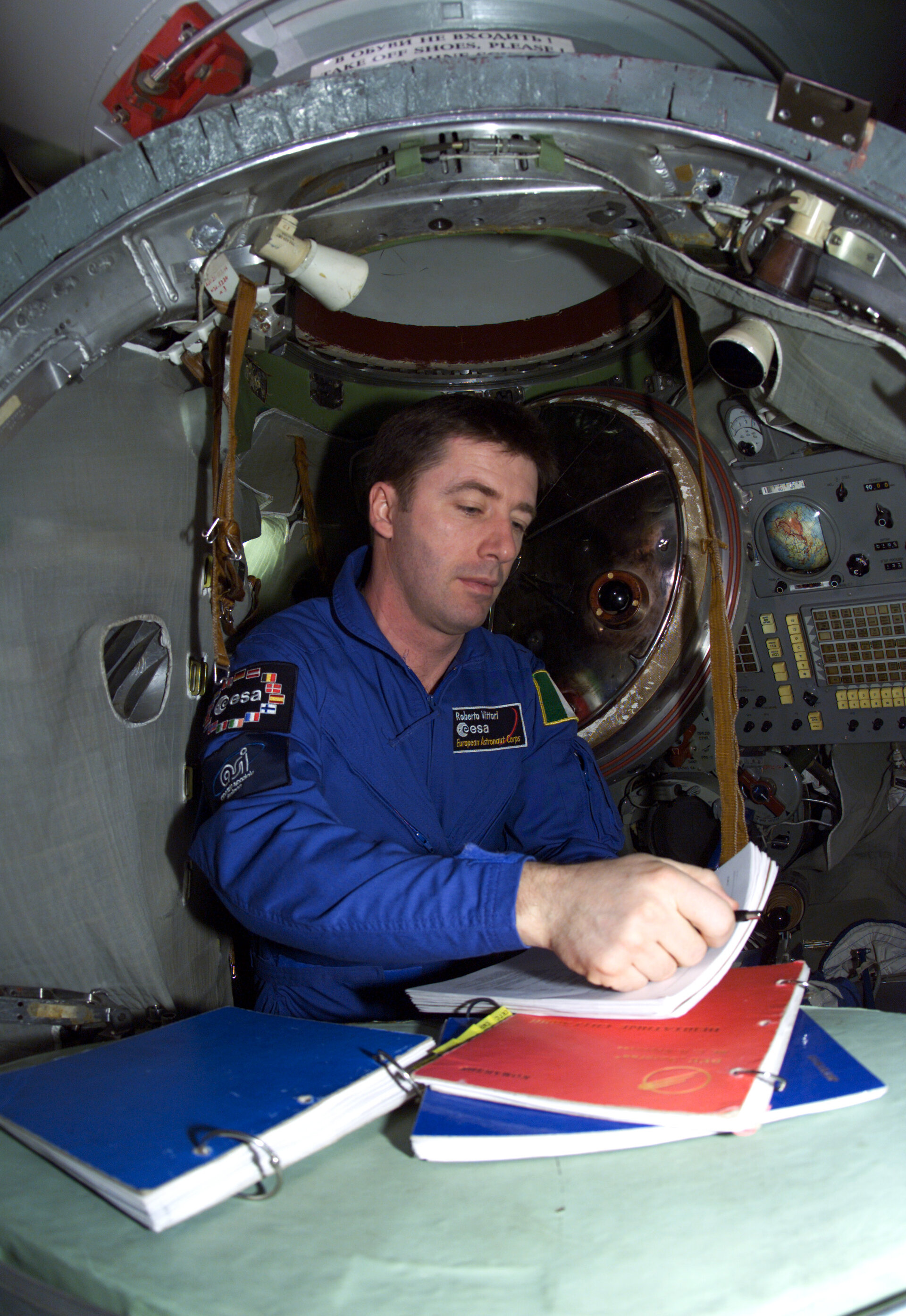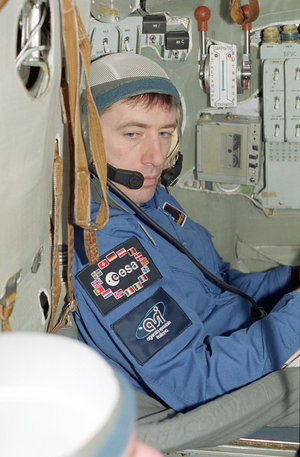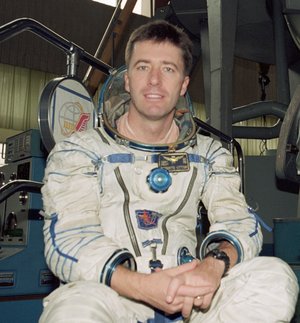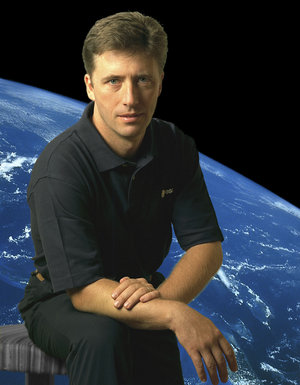Roberto Vittori's Training Diary 1: the story so far
ESA astronaut Roberto Vittori has spent the past few months at Star City near Moscow, training for his job as Flight Engineer on a Soyuz 'taxi' flight to the International Space Station (ISS) scheduled for launch on 25 April.
Roberto's Soyuz will replace the Soyuz already docked to the ISS - the Station's 'lifeboat' - and he and his fellow crew members will return to Earth on the old Soyuz craft, which has already spent six months in orbit. During their spell aboard the ISS, the taxi crew will have a heavy scientific workload: but, hopefully, a few spare moments to enjoy the view.
With launch in just a few weeks, we asked Roberto how things were going at Star City.
"Right now, most of our training is concentrated on the Soyuz spacecraft itself. We spend many hours a week in the simulator, learning to deal with any kind of emergency. And of course we have to train as a crew: not just three individuals."
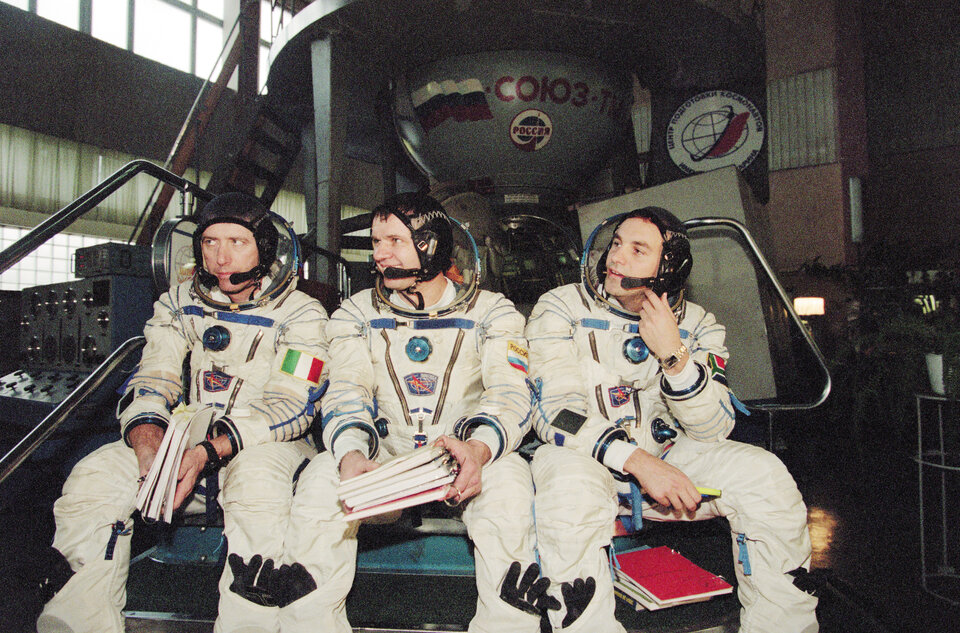
This particular crew is a little unusual, since it includes South African Mark Shuttleworth, a millionaire from his Internet business – he will be the world's second space tourist.
"Mark is a pleasure to work with. He's a great guy: young - just 29 - enthusiastic and he has been going through some training with Yuri and I."
"Yuri" - Yuri Gidzenko - is the Mission Commander, a cosmonaut of vast experience who was part of the first crew of the ISS and will be the first man to revisit the station since the start of permanent habitation. Before the ISS existed, he put in almost six months aboard the old Russian Mir station, and is one of the most seasoned Soyuz pilots that Russia has.
"That's the difference between professional astronauts and the rest. Mark has certainly done the necessary mission training, but he doesn't have the same experience as Yuri and myself. This will be my first space flight, but I've been preparing for it for the last four years. In fact, considering when I started in aviation, you could say I have been preparing for fifteen years."
It is the long-term training and experience of Yuri and Roberto that really make his flight a possibility. In the meantime, between now and launch, there is still a lot of hard work for all three crew members. "Exams. Medical and technical. Every week or two. We have to know our business."
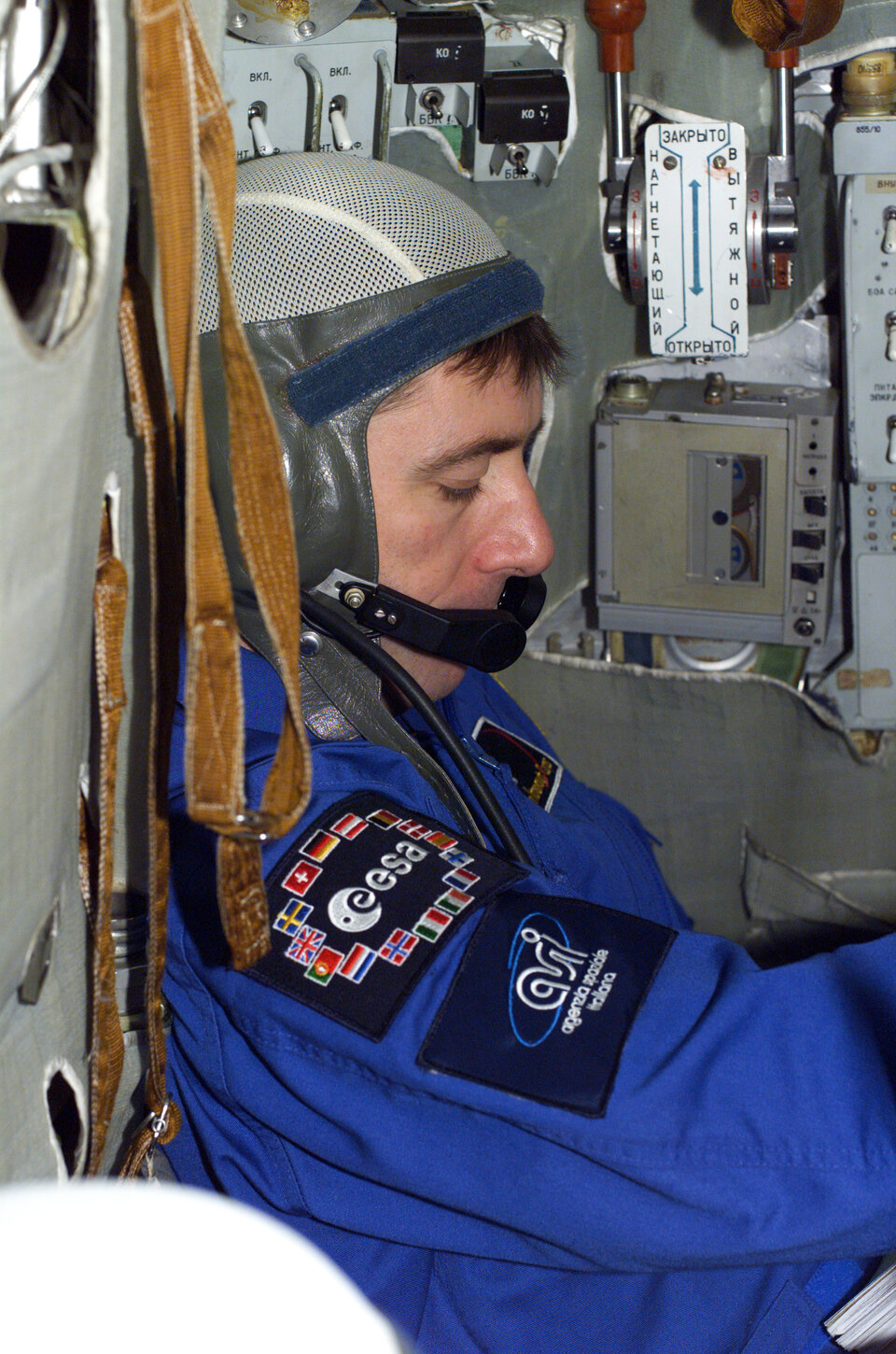
But surely there is a social side to life at Star City?
"It's a wonderful place. We don't really have much time for a social life - there's a lot of work to get through - but we meet Russian cosmonauts and American astronauts, too. There is a lot of cross-training, and it is good to see just how international the International Space Station really is. It's particularly pleasant at Star City right now: there is still snow on the ground, although everyone tells me how mild the winter has been. But the first signs of spring are already here, and the ice is melting on our lake."
So far from home, though, Roberto?
"Well, my wife has been able to visit for the last few days. I miss my children, of course - they are both very young, and it's important to be with them as they grow up. Still, from time to time I can snatch a day or two in Italy, and the Russians are very hospitable."

The last time we spoke, you were struggling with the Russian language.
"I've made great strides. It was hard for me to begin with. ESA standard practice is 300 hours of Russian before a six-month intensive course. Because of changed schedules, I had fewer hours. I have to say it took a lot of effort to catch up - especially at the beginning - but it was worth it. I don't need interpreters any more."
So what happens next - you launch in about six weeks time.
"More practical training. Soon, we will be fitted with our space suits. Then, it's off to Baikonur. I don't mind admitting that I am looking forward to our lift off with a certain amount of anticipation. Sometimes, it seems that my entire career has been aimed at this moment. As I said earlier, you could say that I started preparing for it 15 years ago, when I learned to fly. The important thing is to use the time remaining as intensely as possible. But we have to make sure that at the end of it we still have the energy we need to do our jobs in orbit. And we will have. I'm confident."
Thanks, Roberto. We'll be talking to you again, and soon. Good luck.


